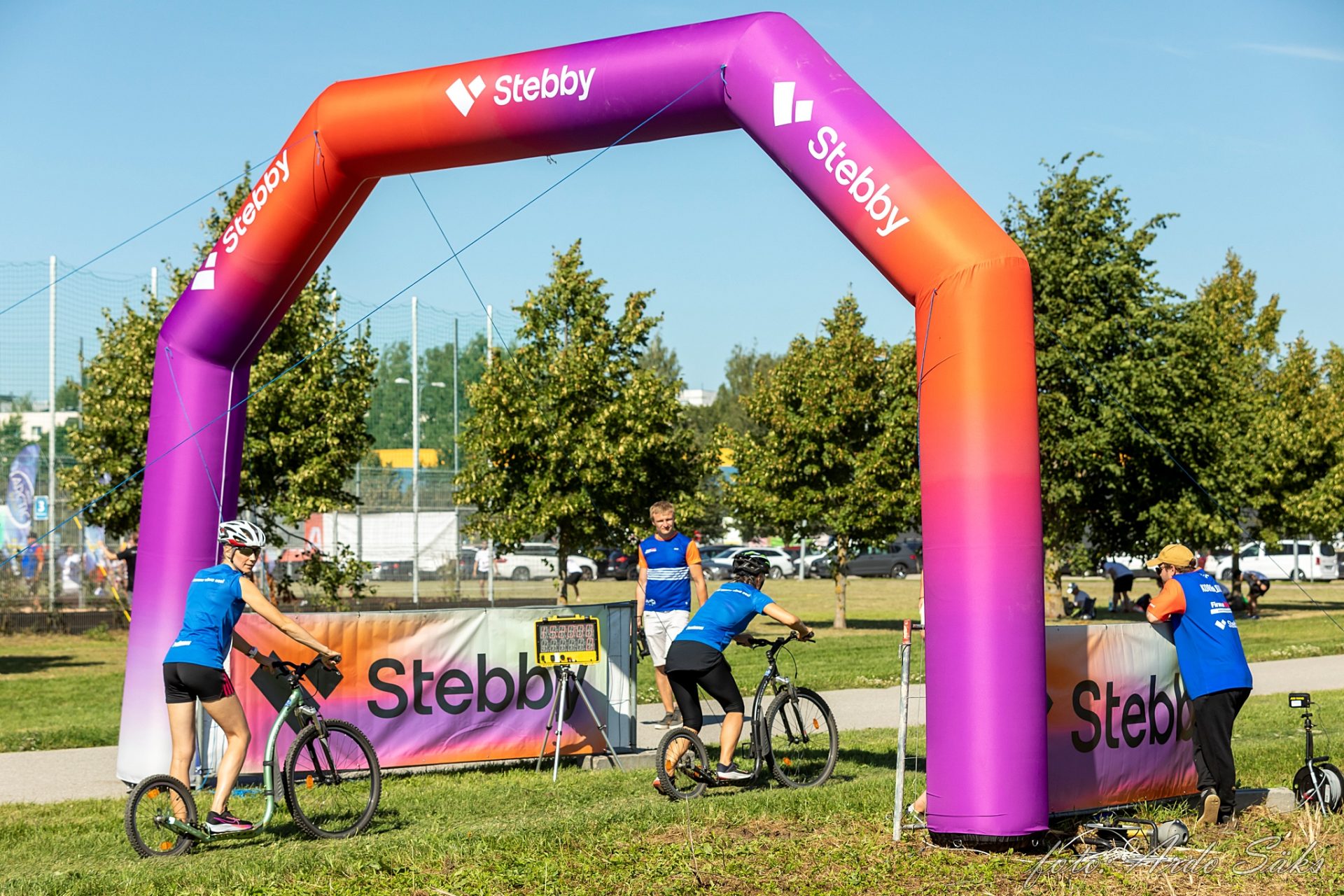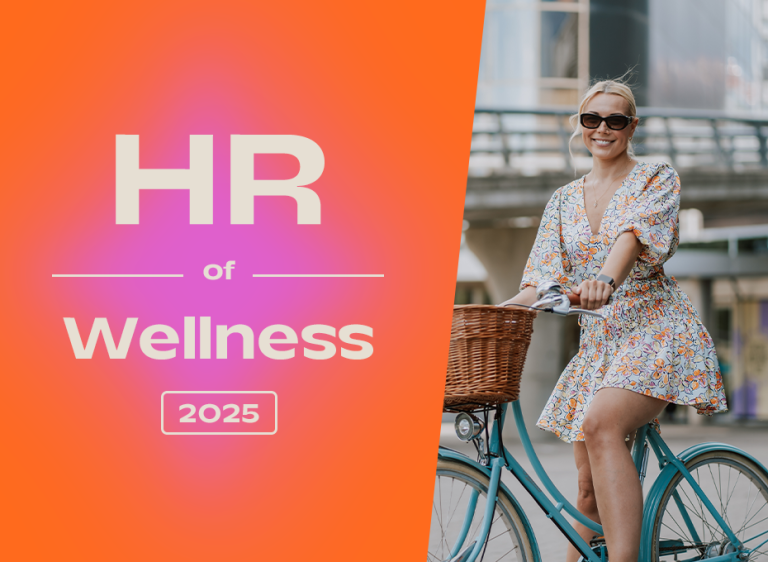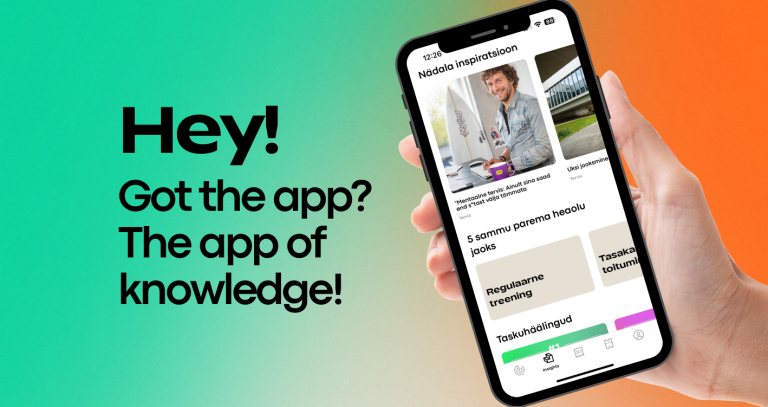The well-being of employees has been an ongoing concern in companies for many years. However, digitization brings various changes, and this field is no exception. Stebby is the largest wellness platform in the Baltics, created in Estonia, serving as an alternative solution for how to work on the wellness of the company’s employees. Here’s a short interview with Stebby’s Ex-CEO Kestutis Mackelis who gives a little insight into the latest news on Stebby and wellness trends worldwide. before RIGA COMM 2022 Baltic business tech fair.
What are the most used wellness benefits for employees in Baltics, Europe, and World?
Comparing, how many resources are organizations using for employee wellness in this area?
Baltics are still growing with the number of wellness offerings they give. 5-10 years ago, you could only find employers who subsidize gym memberships and occasional physio. Now, more and more companies are removing the limits for the type of wellness you can do, allowing individual choice. Many of our clients across the Baltics have no objection to people using their wellness money for SPA visits, horse riding, meditation camps, or karting activities. As long as they are away from computers doing something active or relaxing – employers are willing to pay for it.
I would say the gap between Europe/World vs. Baltics benefits is nearly nonexistent. Yes, there are local market trends, but that’s more to do with laws or taxation on certain items employers would be willing to pay for.
Your thoughts and experience: how important is it to keep employees happy and motivated in one company for a long time (4+ years)? And how to do that?
Keeping top performers in the team is super important, as they are the skeleton of the company. However, top performers are kept in the company not only by the benefits but also by the culture, the challenges, and the alignment to the company’s ambition. This is a separate and deep topic that I have no experience lecturing on.
However, benefits can be a good way of communicating the culture. A free beer tap in the office sends an entirely different message than a complementary massage or physio check-up, so align the benefits you offer with the desired culture you’re trying to build.
How much do the leaders need to know about their employees – his/her hobbies, family, etc.?
The more they know, the better the compensation package can be offered. However, with organization growing in size and each person’s individuality increasing, it’s impossible for any leader to offer exactly what employee wants, thus, digital solutions come to help. Tools that allow employees to choose freely and get exactly what they desire are the way to go. No more guessing game for an HR professional about what company should gift a person for a birthday or Christmas. Transfer that choice to the employee himself, but still encourage them for a positive change with the benefit focused on personal wellbeing, education or self-development.
A large portion of the millennial to Gen X population wants more health and wellness care that is supportive of optimizing their health and is specific to their individual wants and needs. Is it so also in the Baltics?
Yes, we notice a growing list of different hobbies and activities people do after work, from swimming to running, from meditation to gongs, from salsa dancing to piano playing. No two people are doing the same when it comes to personal well-being. That’s why the best companies in the Baltics are trying to stay ahead of their head by offering customizable health and wellness packages.
Employee retention, burnout is running high in all facets of the workforce. The last two years of dealing with Covid, lockdowns, relegation to working from home, and limited ability to vacation have increased the overall stress on the workforce. How to deal with it as a business manager?
Lecture your employees on the importance of health – these can be actual lectures by professionals, experience sharing, and little workshops to teach people to recognize when they are heading to burnout. And, of course – lead by example. If you, as a leader, provide lectures on stress management and then drop an urgent deadline on your employee on a Friday afternoon – that’s terrible. Allow people to plan the holidays, allow people to take time off when needed. And most importantly – create an environment in which it is okay for a person to come forward with a message “I’m hardly keeping up, please help” before the actual burnout happens.
What do You think about tendency – offering creative events to your employees can help improve wellness and prevent employee burnout. Ideally, these events should be offered during the workday so that employees don’t have to dedicate their time off to a work event.
Any event focused on personal well-being is an excellent initiative because people tend to overlook personal health until it’s too late. In my opinion, the employer is highly responsible for the employee’s wellbeing, as regular people spend 8-10 hours per day at or around the workplace. Knowing that around 8 hours per day is spent sleeping, there is not much time left… So, any events, inside or outside the workplace during the work day, that focus on improving individual wellness are superb.
Also, I believe activities focused on personal wellness are not solely a benefit but it’s an investment in the employee. Much like professional training provided by the employer, education or activities on wellness can improve how a person feels and acts, raising the added value back to the business






